You’ve probably watched tons of breastfeeding-related tutorials online but when it comes to actually nursing your newborn, everything feels different. Especially if you don’t have a lactation consultant to seek help, how are you going to ensure your baby is latching on correctly? We’ve listed out some rules for you to self-assess if you and your baby are doing the right thing.
What’s a good latch on?
Well, the answer to this is there is no perfect one type fits all latch on position. The positioning can look nothing like what the lactation consultant told you to do, but you were comfortable and enjoying the whole nursing session, then that’s a good latch on.
- Do you feel comfortable?
No pain no gain? Nope, we want gain (milk out) without pain. If your answer to this question is positive, congratulations!
- Is the baby getting milk and gaining weight?
You can hear the baby sucking and swallowing milk. Her weight gain is also following the average growth chart. Good job, the latching was effective!
- A few things worth checking .....
Baby’s head is tilting up, your nipple is facing her nose instead of her mouth.
When your baby is latching on, one of your hands is supporting her head.
Milk isn’t leaking out from the baby’s mouth.
Your nipple and majority of your areola are in the baby’s mouth.
I’m having sore nipples.....
Is nipple pain normal? Should I be worried? How do you differentiate between normal nipple pain and nipple pain that should be helped by a health professional?
- How long does the pain last?
First 30 seconds or so during breastfeeding/ pain throughout the nursing session
- Does the pain go away within 2 weeks after delivery?
Yes/ No
- Is the pain mild or intense?
Mild/ intense
- When you look at your nipples after a nursing session, do you see skin damage/ bleeding/ cracks?
Nipples looking the same/ I can see skin damage
If your answers are the former then you shouldn’t be too worried. But if your nipples get painful during the whole nursing session or even beyond; your nipples are bleeding, there are cracks and blisters; the pain is beyond ‘mild’ then you should seek help. Seeking help is perfectly fine, don’t feel guilty, you didn’t do anything wrong, you just need some extra assistance.
*Note that if you’re using a breastpump, the wrong breast pump shield size or suction level that’s too high could also cause sore, painful nipples.
Should I keep breastfeeding when my nipple cracks?
You still need to pump or hand express the milk out from the injured side of the breast to prevent blocked milk duct, mastitis, and to secure a stable milk supply. Offer the other breast that is well or less injured. Try to switch between different positions to see which one feels the most comfortable. Don’t be discouraged from breastfeeding, many people face similar problems, with the help you will recover in no time.
I’m having a white spot/ line on my nipple after nursing ......
That’s called nipple blanching and it’s due to blood flow deduction or cut off during nursing or pumping. The white line will most likely disappear after the nursing sesh and your nipple will turn back red again.
Nipple blanching can be associated with pain and change in nipple shape (flattened, pinched, etc.). Adjust your nursing position to help with this problem, your baby might be latching too shallow. Consult the doctor/ lactation consultant to see what can be done to improve this problem.
My nipples look red .....
Be it pink, red, rashes, or itchiness, you might be having a skin allergy reaction from the products you use: nipple cream, breast pads. Some mums are allergic to the jelly in the inside layer of a breast pad or the chemicals contained in the nipple cream. If that happens, change to another brand.
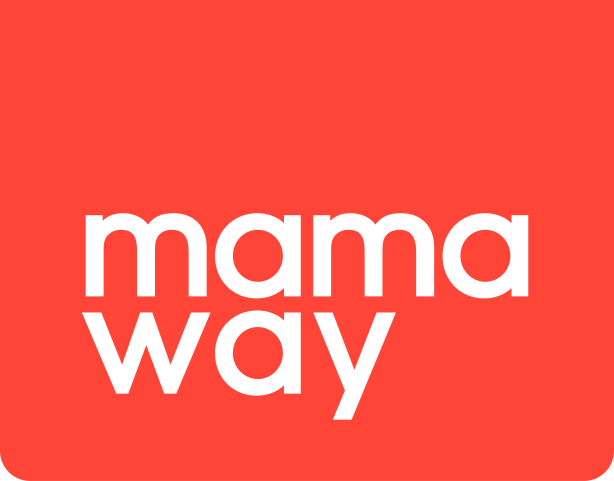


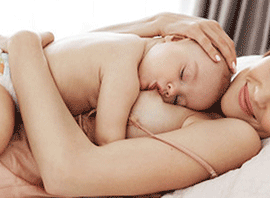
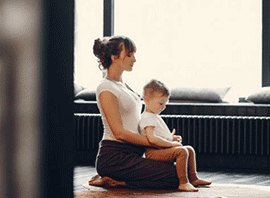




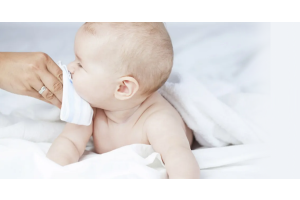
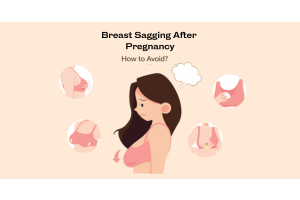
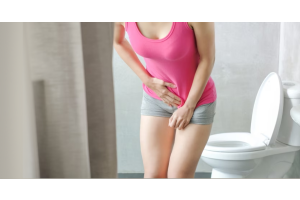
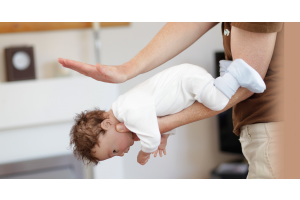
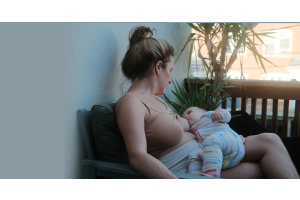
Validate your login
Sign In
Create New Account